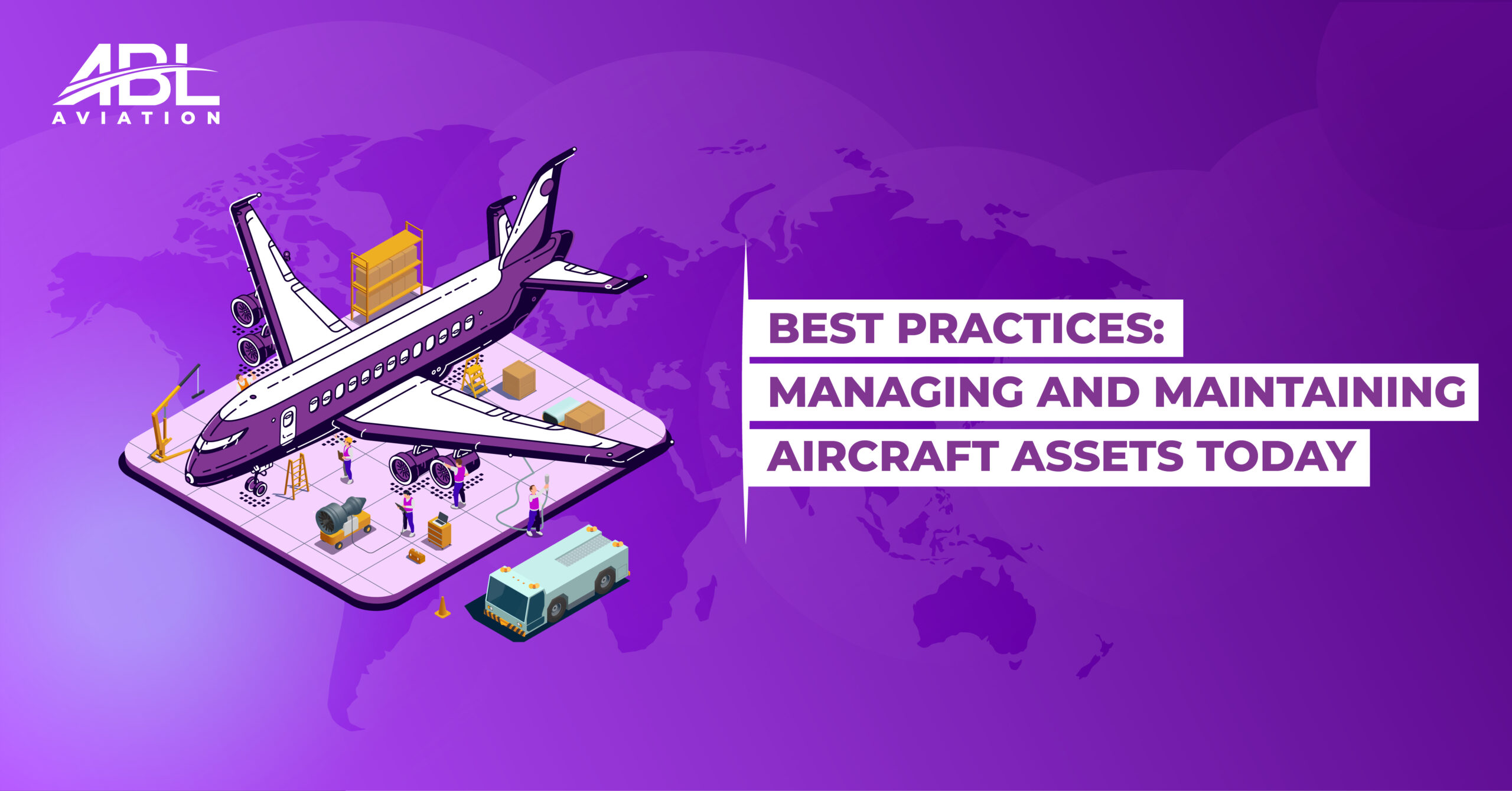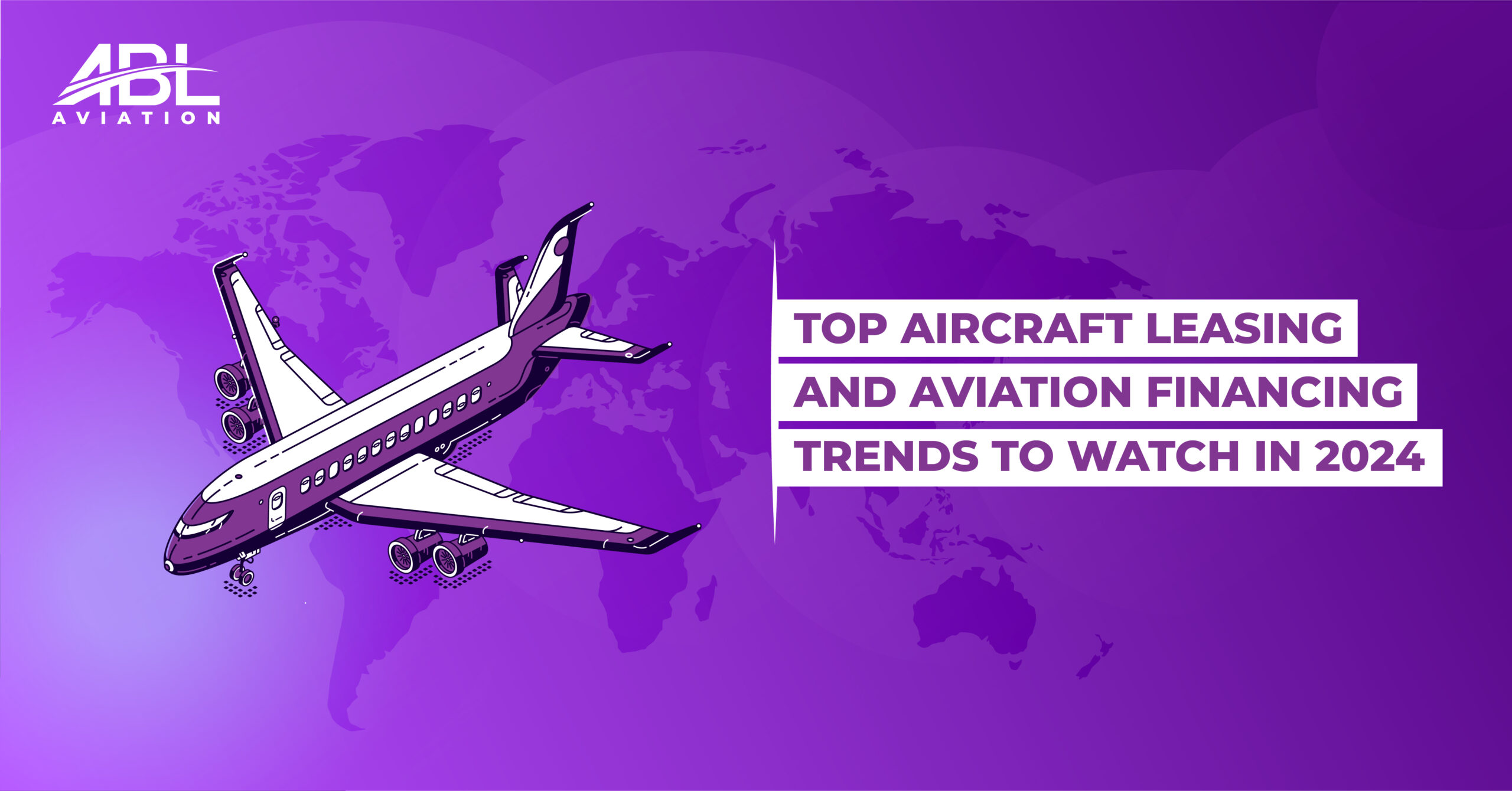
Air Freight: When Will the Economic Headwinds Come to an End?
Faced with the global crisis, air freight does not seem to be experiencing its best times over the last few months. After years of unprecedented growth and high returns, the industry was hit by the height of the COVID crisis, with supply chain disruptions and a surge in online shopping during lockdowns. Air cargo industry is now dealing with soaring fuel prices, low consumption, and capacity management.
The latest figures on global air cargo markets for January 2023, released by the International Air Transport Association (IATA), made this point clear. According to these figures, global air cargo demand, measured in cargo ton-kilometers (CTK), has decreased by 14.9 percent compared to January 2022.
There are several factors in the operating environment that may explain this, including the war in Ukraine, inflation, and labor shortages. Global trade in goods has dropped, as the G7 consumer price index fell from 7.4% in November 2022 to 6.7% in January.
Thus, there is a noticeable change in consumption habits, compared to the pandemic period. On the one hand, consumers are now returning to services (restaurants, entertainment), probably rather than buying goods online, which had exploded during the confinements. On the other hand, high levels of inflation and the fear of a recession are also driving caution.
However, strong foundations for cautious optimism regarding air cargo seem to be emerging slowly. And for a good reason, current yields remain higher than pre-pandemic ones, with average unit revenues and total revenues for 2023 forecast to exceed pre-pandemic levels. Similarly, China’s unexpectedly rapid transition to its zero COVID policy is stabilizing production conditions in the world’s largest source market of air cargo. This is likely to give an additional boost to demand as companies strengthen their engagement with China. IATA even predicts a return to profitability in the global airline industry, but with an operating margin of only 0.4%.
Recognizing this upturn in activity, which should be gradually noticeable in the coming months, international freight capacity has steadily increased since 2022. For example, Boeing expects “a 60 percent increase in the global cargo fleet over the next 20 years, driven by the growing demand for online consumer goods and general cargo needs” (Source: “E-Commerce Fuels Air Cargo Growth,” Aviation Week, August 2, 2021). So far, capacity control has enabled cargo rates to hold up well despite the decline in traffic since May 2022. Similarly, the recovery in passenger transport should also lead to a mechanical increase in cargo supply, which airlines will be able to compensate for. In this regard, it is worth noting that a precise estimation of the proportion of freight in air transport becomes difficult because of the different ways in which this activity can take place. Air freight is transported in roughly equal proportions, either on dedicated aircraft or in the bellies of passenger aircraft (belly freight). However, it is also known that air cargo is far behind passenger transport, whose world fleet is estimated at more than 23,000 aircraft, compared to approximately 2,000 for cargo planes (Source: Airport Watch).
Naturally, for mixed airlines (passenger and cargo), the priority remains the recovery of passenger traffic, as the current cargo activity is still not sufficient to compensate for the losses caused by 2020 lockdowns. For Cargo airlines, maintaining higher freight rates than pre-pandemic levels should help offset the cost increase. Being cyclical, the cargo industry seems to be heading to a progressive recovery period.
Go Back




